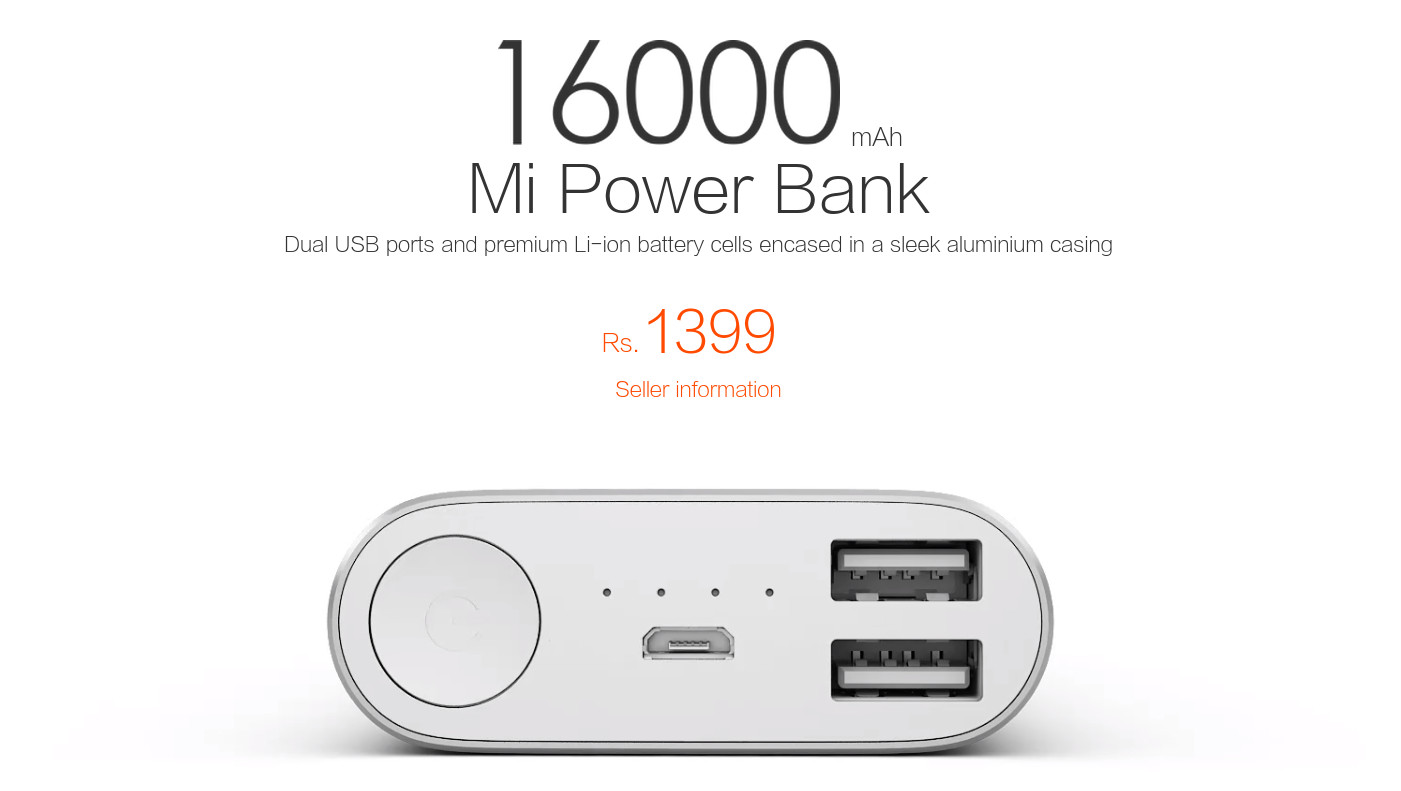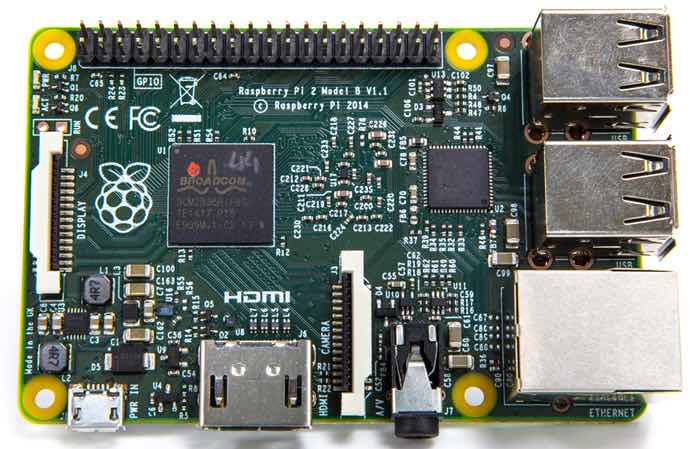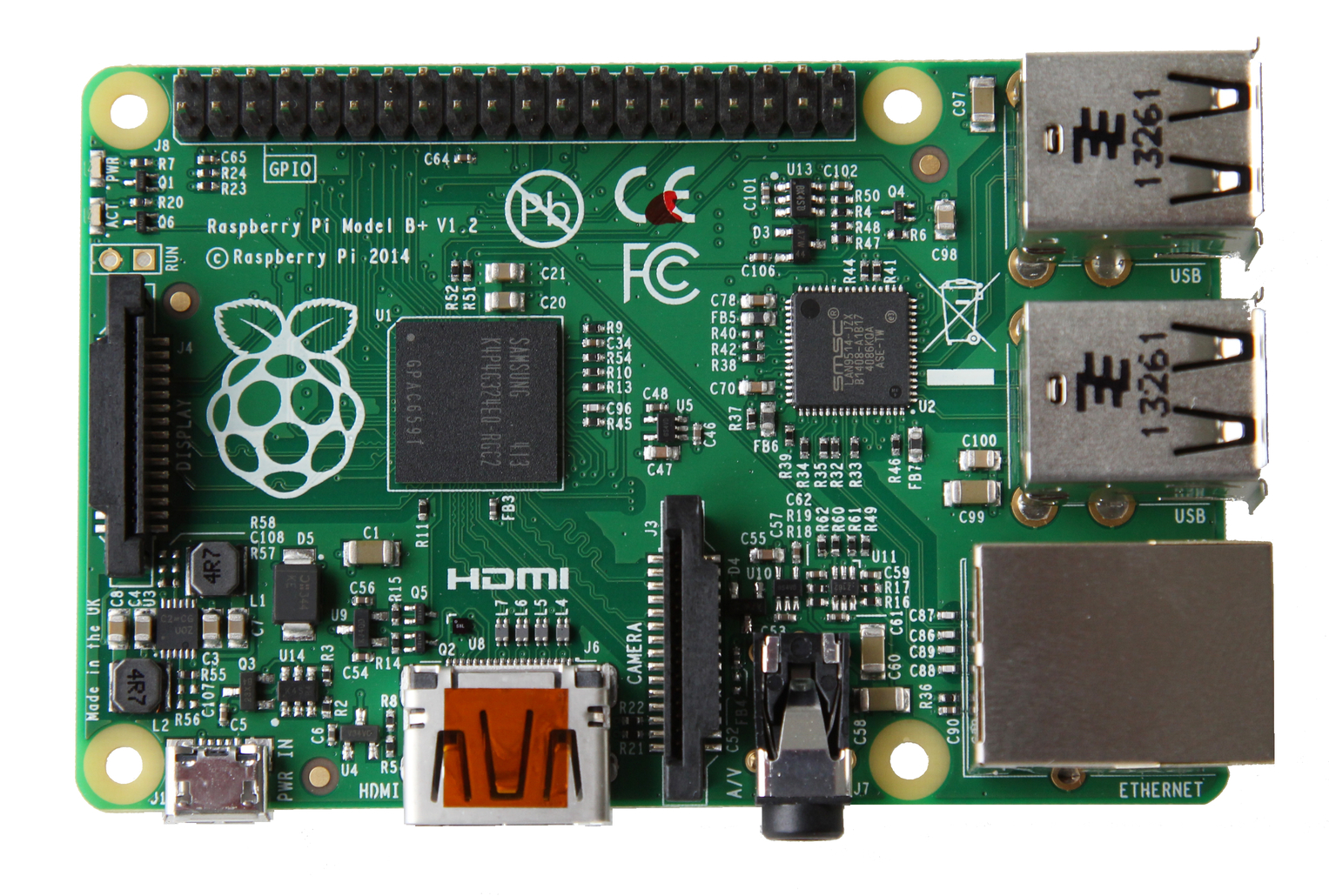
Perpendicular recording (or Perpendicular Magnetic Recording, PMR) is a recently implemented technology for data recording on hard disk
“The main challenge in designing magnetic information storage media is to retain the magnetization of the medium despite thermal fluctuations caused by the superparamagnetic limit. If the thermal energy is too high, there may be enough energy to reverse the magnetization in a region of the medium, destroying the data stored there. The energy required to reverse the magnetization of a magnetic region is proportional to the size of the magnetic region and the magnetic coercivity of the material. The larger the magnetic region is and the higher the magnetic coercivity of the material, the more stable the medium is. There is a minimum size for a magnetic region at a given temperature and coercivity. If it is any smaller it is likely to be spontaneously de-magnetized by local thermal fluctuations. Perpendicular recording uses higher coercivity material because the head’s write field penetrates the medium more efficiently in the perpendicular geometry.” — Wikipedia
Hitachi, Ltd. is working on perpendicular recording technology and made improvements to it. Finally on 31st, July 2008, Announced that the maximum storage density possible is 610 Gb/square inch. This is far better than current technique. It leads 2.5x times HDD capacities that are currently available. This technique also shows the evidence that hard drive capacities have the potential to advance at a rate of 40% annually.
“These results are based on many years of experience with design optimization and material technology for perpendicular recording heads and media. We applied this knowledge to the development of heads and media with an ultra-narrow track pitch of 65nm, indispensable in achieving a recording density of 610 Gbit/in2. Development of iterative signal processing technology for high density recording further increased density and capacity,” said Hiroaki Odawara, Research Director, Storage Technology Research Center, Central Research Laboratory, Hitachi, Ltd.
Hitachi GST demonstrated 230 Gbit/square inch. in April 2005, 345 Gbit/square inch. in September 2006, and has now shown extendability to 610 Gbit/square inch. These new methods are still being developed, but hold potential for much greater advancements in areal density growth.
Read more at Physorg


